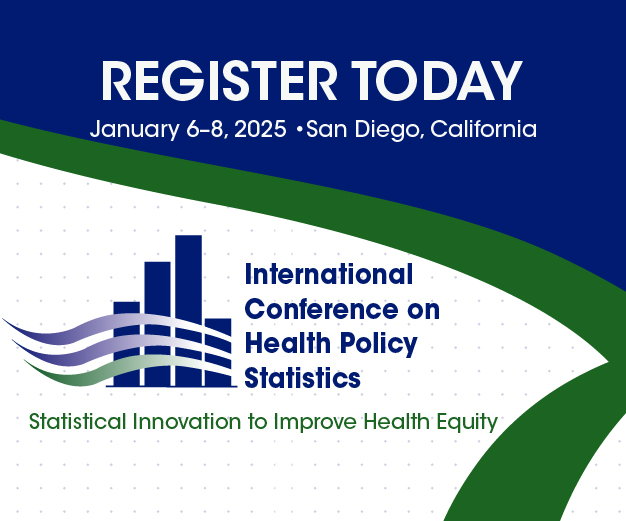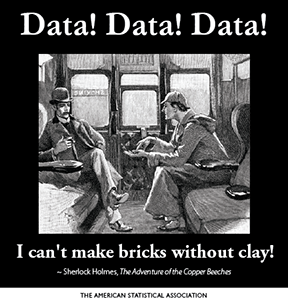 Harrison Quick is an assistant professor of biostatistics at Drexel University.
Harrison Quick is an assistant professor of biostatistics at Drexel University.
To help bridge the gap between academic and government research programs, the ASA offers fellowship opportunities with various federal agencies to foster collaborative and interdisciplinary research efforts. Since July, I have taken a break from my job as an assistant professor of biostatistics at Drexel University to become a research fellow at the National Center for Health Statistics (NCHS).
While my primary area of expertise is spatial statistics, I am applying spatial data analysis methods to problems in statistical disclosure limitation. For instance, you may be familiar with the suppression criterion used for vital statistics data on CDC WONDER (i.e., where all counts below 10 are suppressed to reduce disclosure risks). The impact of this criterion is exacerbated when conducting disparities research using CDC WONDER data, with counts stratified by race, sex, and other demographic information. My work aims to help data-users overcome research limitations from disclosure avoidance measures like data suppression by (1) creating software tools to help users better analyze highly suppressed data and (2) exploring techniques for generating spatially referenced synthetic data for public use that preserve the complex statistical properties of the data while reducing (or eliminating) the risk of disclosing any individual’s sensitive information.
With my background in public health and previous postdoctoral fellowship at the Centers for Disease Control and Prevention, pursuing a fellowship at NCHS was natural for me. Importantly, my fellowship at NCHS allows me to work one-on-one with the experts who produce the restricted-use vital statistics data. I hope to gain a better understanding of the unique data confidentiality challenges faced by NCHS and develop statistically novel approaches that suit NCHS’s needs. Along with my primary research duties, I have had the opportunity to collaborate with researchers at NCHS, lending my expertise in spatial data analysis to study trends in teen birth rates and survey methodology.
Being in the Washington, DC, area has provided me with the added benefit of being able to engage with various other organizations—such as the Washington Statistical Society—and federal agencies nearby. For instance, I am serving on an organizing committee for an upcoming workshop hosted by the Federal Committee on Statistical Methodology’s Geospatial Interest Group under the leadership of ASA President-elect Wendy Martinez from the Bureau of Labor Statistics. The networking opportunities this provides could become collaborations for me, or opportunities for my colleagues or students.
Think you may be interested in applying for an ASA fellowship? The first step is to visit the ASA website to see a list of current fellowship opportunities and select the organization that best fits your interests. Each agency has its own application deadlines and requirements, often including a detailed description of your research proposal and a statement citing the significance of the research to the agency.
Also note that these fellowships can be quite flexible (i.e., the duration may range from a few months to a full year, with split-term and part-time appointments possible). Because I have teaching responsibilities at Drexel, I opted for a six-month fellowship with the possibility of an additional stint next year.
Although I’m only part-way through this experience, I think my time spent as an ASA/NCHS Fellow has done exactly what the goals of the fellowship intend: bridge the gap between academic and government researchers. I’m grateful to the ASA for giving me this opportunity, and I look forward to continued collaborations with my NCHS colleagues.




Leave a Reply